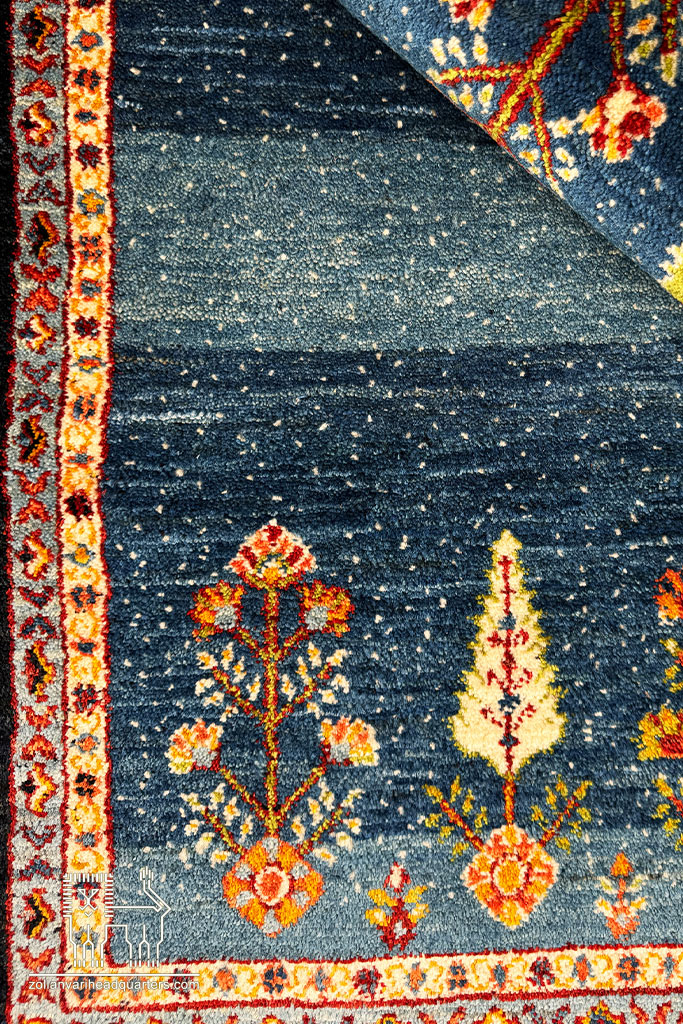A Revolution in the Art and Industry of Iranian Carpets
The carpet industry in Iran, as one of the country’s cultural and economic pillars, is constantly evolving and transforming. While creating traditional carpet designs has become a major challenge due to its time-consuming nature and high accuracy requirements, the introduction of computer-generated designs has emerged as an innovative solution. This modern method not only allows for fast and efficient design but is also applicable to various types of carpets, including hand-woven, machine-made, and kilim carpets. There are significant differences between traditional and computer-generated maps, each with its unique advantages and disadvantages. Therefore, whether you are looking to weave a beautiful carpet for your home or are an entrepreneur seeking to expand your carpet production, this article from the Zollanvari website will help you make a more informed decision when choosing your carpet design.
Advantages and Disadvantages of Traditional Carpet Designs
When we think of traditional hand-woven carpets, images of lacquered carpets from grandmothers’ homes often come to mind. The design of these carpets was done manually on grid paper, where artists used various colors and lines to bring their desired patterns to life. After the designs were completed, they were handed over to weavers who created beautiful and unique carpets using them. In tribal carpets, such as Qashqai and Bakhtiari carpets, these traditional designs are still used, preserving cultural beauty. Every knot and thread of these carpets tells a story of art and history. The advantages of this type of carpet include:
- Traditional designs were an expression of the creativity and artistic taste of the designers, each having its unique identity, distinguishing them from one another.
- Weavers would engage in a form of conversation with the design, making subtle changes that reflected their personal taste.
- However, designing these maps was a time-consuming and costly process requiring high precision and specialized skills.
- Moreover, transferring the design from the map to the carpet was always prone to errors, with the possibility of mistakes during this process.
- Additionally, making changes to traditional designs was not only difficult but also extremely time-consuming, which could lead to limitations in creativity and innovation.

Traditional and Computer Maps
Advantages of Computer-Generated Maps for Hand-Woven Carpets
With the advancement of technology, the process of designing carpet maps has shifted to a digital format. In this method, designers use specialized software to create their desired patterns digitally. These patterns are then saved in various file formats such as JPEG, PDF, or DXF and transferred to weaving machines. The advantages of this type of carpet include:
- The design and production of computer-generated maps are significantly faster and more accurate, which clearly distinguishes them from traditional methods.
- Making changes to these maps is much easier, allowing for a wide variety of complex designs to be achieved.
- This process also reduces the chances of errors in transferring the design to the carpet, thereby ensuring the final product’s quality. However, some critics believe that reliance on computer software could limit the creativity of designers, and the need for specialized equipment might be a barrier for those without access to this technology. Consequently, while there are significant advantages to using computer-generated maps, they come with their own set of challenges.
Final Thoughts
The Iranian carpet industry, as part of the country’s culture and economy, is facing new advancements. Traditional maps, which are time-consuming and require high accuracy, are gradually being replaced by computer-generated maps. Digital design not only provides greater speed and precision but is also applicable to various types of carpets.

